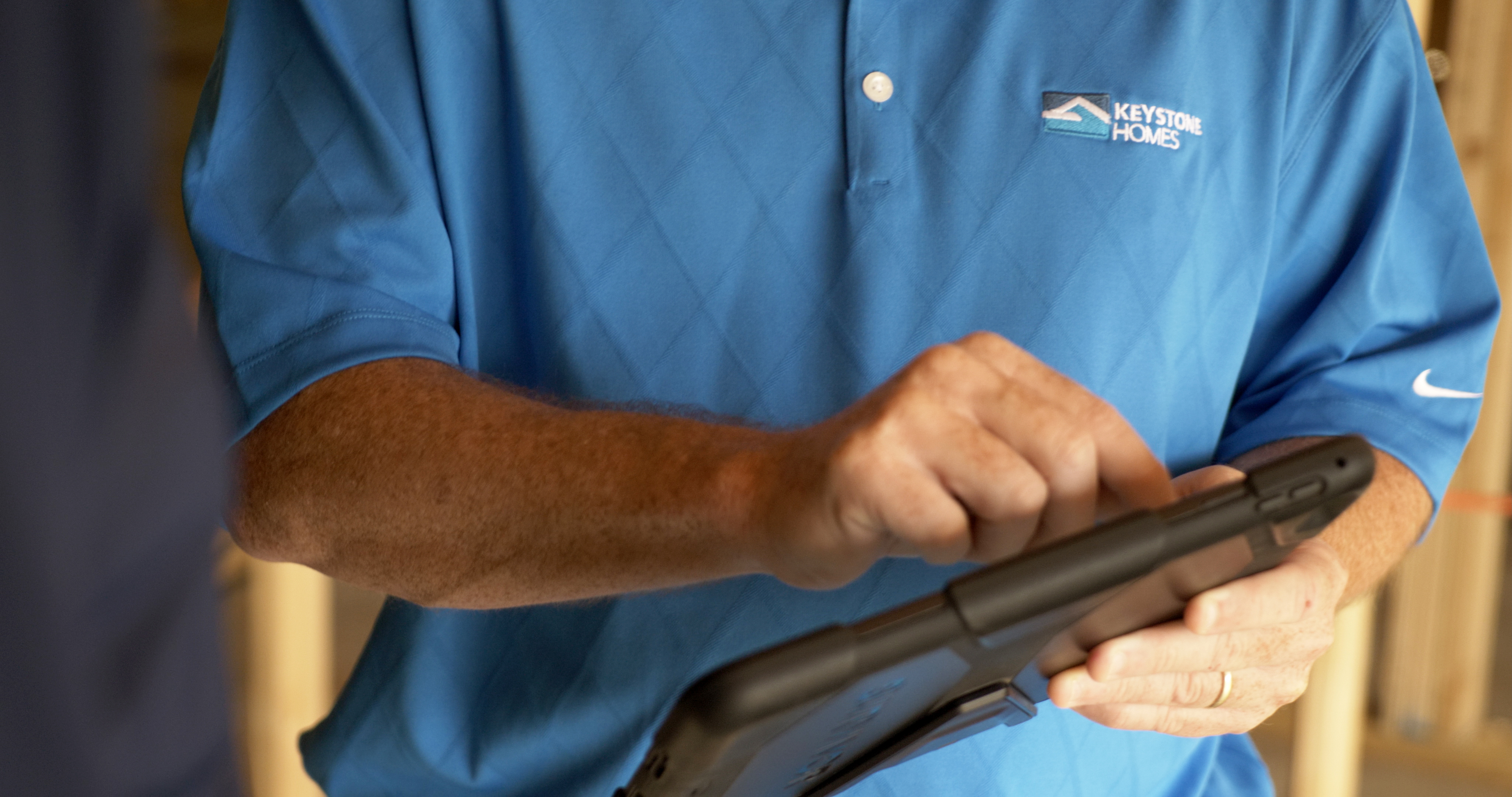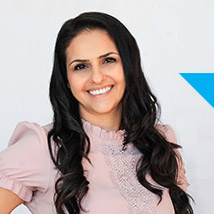Tackling the Top 3 Misconceptions About Home Loans

If you’ve looked online for information about buying a home, or getting a home loan, you’ve probably noticed that there is a lot of information out there.
 You also probably won’t be surprised to hear that not all of it is true. Over the years, a lot of information has been spread about homebuying and home loans. Let’s examine some of the top misconceptions about home loans.
You also probably won’t be surprised to hear that not all of it is true. Over the years, a lot of information has been spread about homebuying and home loans. Let’s examine some of the top misconceptions about home loans.
1.Renting is cheaper than buying.
Principal and interest. Taxes and insurance. Repairs. Improvements. There is a lot you pay for when owning a home that you don’t pay for when renting. But how does all of that stack up to renting?
As of this writing, a $200,000 home in Augusta, GA would cost roughly $1300[1] per month, and of that $1300 per month, roughly $250 per month is going towards the balance of the loan. You could think of this is a forced savings account—that money is going straight to equity, which is the money you get to keep when you sell the home and pay off the loan. And as time goes on, more and more of the payment goes to equity. Since that $250 per month goes into equity, it’s not the same as a cost. It’s the homeowner’s money, it’s just illiquid, meaning it can’t be touched until the home is sold. So, the actual cost each month is more like $1050.
For $200,000, at the time of this writing, one can easily find a 3-bedroom home. Compare this to an example apartment. A popular apartment complex in Augusta rents a 3-bedroom apartment for $1425 per month[2]. Quick question: How much of this rent will be going to equity? If you said zero, you’ve thought about this already! Now ask yourself a follow-up question… what’s the likelihood that rent payment will go up next year?
Yes, repairs will be a factor with home ownership. But if you properly set aside the money you’d otherwise hand over to a landlord, it’s not a big issue. Bonus savings are possible if you’re handy!
2. You’ll need a large down payment.
I was surprised to find that some customers I’ve worked with think they need to save up 20% to put down on a home. While I applaud the savers who do come up with 20% to put down to avoid private mortgage insurance (PMI), most borrowers in our market put 5% or less down. It’s all about the loan programs. FHA, Conventional, VA and USDA loan types are available from just about any reputable lender. The loan type you chose will determine how much of a down payment is required of you.
The US Department of Agriculture has Rural Development loans (USDA) available at 100% financing to promote the development of rural areas. This loan is location-based so large metro areas will not have this loan available. It also has an income cap, so if you make too much money, it won’t be an option. NOTE: The US Department of Agriculture is not the lender. Even though it’s a USDA loan, you get this loan by going to any reputable local bank that offers mortgages. The same goes for VA and FHA loans, below.
The Veteran’s Association (VA) offers veterans of the united states military a 100% financing loan. This loan is limited to veterans.
The Federal Housing Administration (FHA) loan offers up to 96.5% financing, which means you put only 3.5% down. This loan program is perfect for borrowers who don’t qualify for a VA loan or are buying outside of USDA-qualifying territory, but who need to put as little down as possible or have marginal credit.
The Conventional Loan is a more flexible product, in that it has a down payment as low as 5% down (lower, with some specialty products), and tends to have more benefits for people with strong credit, as credit affects rates more on conventional loans than on government backed loans (FHA, VA, USDA).
3. You need perfect credit to buy a home.
It is true that the better your credit is, the more likely you are to secure a better interest rate with a lender, however, you don’t need excellent credit to buy a home.
Ultimately, the lender wants to know, how likely are you to repay your loan?
Credit scores are based on 5 factors: payment history, loan/credit amounts owed, length of credit history, new credit and a mix of credit. Credit scores range between 300 and 850 and the minimum required credit score varies based on the loan type. Currently the minimum scores required are between 580-620 for the most common loan types. A survey in 2017 showed that, of people applying for a loan, only about 1 in 5 Americans had credit lower than 600. That’s very good news for the average aspiring homeowner.
Pro tip 1: If you don’t fall between the credit score minimums, you still have the option to use a co-borrower. This needs to be someone with a high credit score and low debt to income ratio. A co-borrower promises to repay the loan if the borrower does not, so banks can use their higher credit score when considering the loan.
Pro tip 2: Get a lender’s help. If your credit isn’t where it needs to be, and you don’t have a willing co-borrower, call a lender! They have an interest in getting you approved. After all, they don’t get paid unless you close. By applying for a loan, they will see your credit and can identify ways in which you can improve it.
If you’d like more information on financing, check out our financial guidebook, “Playing with House Money”.
[1] Estimate generated by Zillow.com, generated on March 4, 2019, for Augusta, GA at 5% down at a $200,000 price. Loan programs, down payment, interest rate, interest payments, and taxes vary by time and region. [2] This apartment complex is new-ish and luxury-ish. But I thought I’d let them be anonymous. Prices are accurate at the time of this writing.
If you would like to learn more or have any questions, click below!

Featured Stories
Contact Us Today
It's more than just a house, it's your home.
Schedule Your AppointmentSIGN UP FOR OUR NEWSLETTER AND STAY UP TO DATE!
Start the Process!
Complete the form to receive more information!
We want to hear from you. If you need to contact Keystone Homes or have comments and suggestions about our new website, we would love to hear from you. Please call us at the numbers shown or contact us online by completing and submitting the form below. We will promptly reply with an answer or direct you to your answer. We're glad you took the time to visit this site and we hope you are finding it useful and informative.





